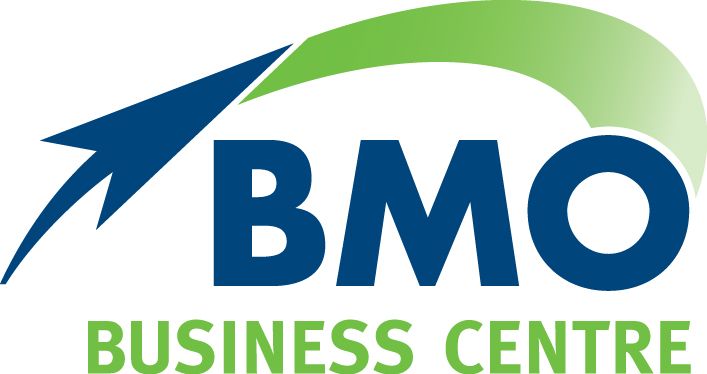Time to review transition to retirement pensions
Amid the major reforms to superannuation that took effect on July 1, some significant changes to the tax treatment of your Transition to Retirement Pension (TRP) may have flown under the radar. Some individuals will be affected more than others, so if you have a TRP or are thinking about starting one, now is the time to review your strategy.
The Government’s super reforms were designed to improve the sustainability, flexibility and integrity of the system. According to the Tax Office, the changes to TRPs were designed to ensure that they’re not used primarily for tax purposes. (i)
What is a TRP?
A TRP allows you to access up to 10 per cent of your super in the lead-up to retirement. The idea is that you can supplement your employment income while you continue to work full or part-time. The tax benefit comes from replacing employment income taxed at your marginal rate with concessionally-taxed income from super.
When combined with salary sacrifice, a TRP strategy also allows you to boost your super without sacrificing some or any of your after-tax income.
As you would expect with super, there are strict rules around eligibility. For starters, you must have reached preservation age; this is currently 56, rising progressively to age 60 for everyone born after June 1964. Then there are maximum (10 per cent) and minimum (4 per cent) amounts you can withdraw from your TRP account balance each financial year. You also cannot withdraw your money in a lump sum, it must be received as an income stream unless you retire, turn 65 or satisfy another condition of release.
What are the changes?
The main change relates to the taxation of earnings on investments used to fund your TRP. From July 1, earnings on these investments are no longer tax free. Instead they are now taxed at the 15 per cent rate that applies to earnings from assets held in the accumulation phase of super.
The good news is that, payments you receive from your TRP will continue to be taxed as they were previously. That is, payments are tax free if you are aged over 60, or taxed at your marginal rate with a 15 per cent tax offset if you are aged between 56 and 60.
Another of the super reforms will limit the appeal of TRPs for high income earners. That’s because the income threshold at which individuals begin to pay contributions tax at the higher rate of 30 per cent, instead of normal super rate of 15 per cent, has been lowered from $300,000 to $250,000.
New limits on concessional (before tax) super contributions may also limit the potential benefit of the popular salary sacrifice strategy when combined with a TRP. From 1 July, the maximum concessional contribution (including Super Guarantee payments and salary sacrifice arrangements) is $25,000 a year for everyone. Previously anyone over 49 could contribute up to $35,000 a year this way.
What should I do?
While TRPs are still a tax effective way to manage your finances in the lead up to retirement, the new rules mean some people could be better off pursuing other strategies. In some cases, high income earners who already have a TRP and satisfy a condition of release, such as retiring or changing jobs after turning 60, may be better switching it off or converting to a normal account-based pension.
At the very least, if you have a TRP or are thinking of starting one and you haven’t already done so, you should review whether it’s still be the best option for you going forward. The new super rules are complex and their impact will depend on your overall financial situation so it’s important to seek professional advice before you act. If you think you may be affected or you would simply like to discuss your options in the lead up to retirement, don’t hesitate to give us a call.
The post Time to review transition to retirement pensions appeared first on BMO Accountants.


